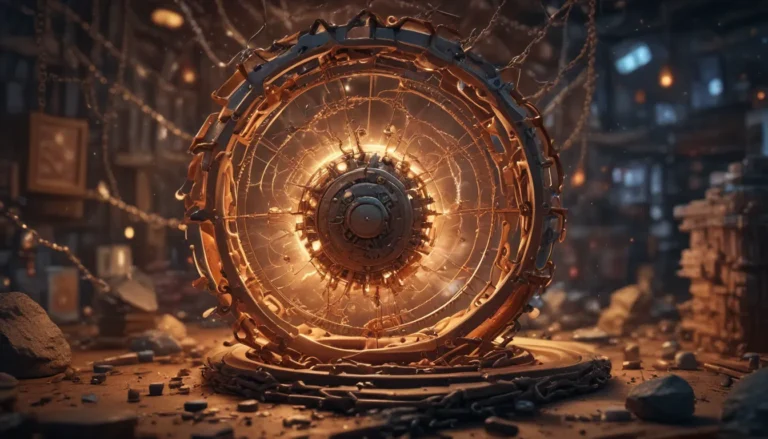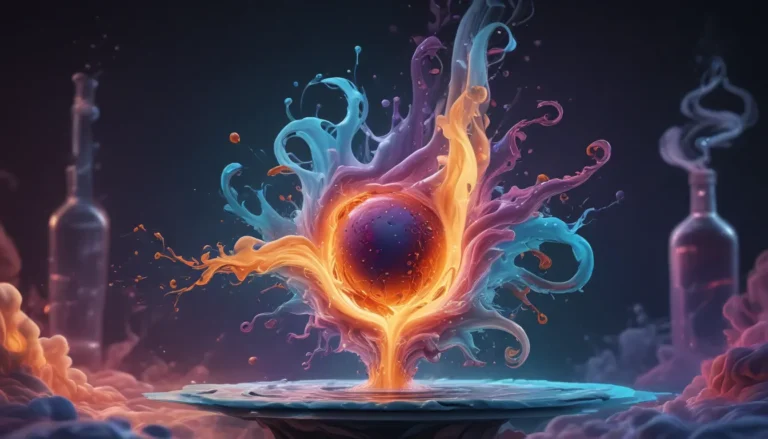A Note About Images: The images used in our articles are for illustration purposes only and may not exactly match the content. They are meant to engage readers, but the text should be relied upon for accurate information.
Welcome to the world of sacrificial anodes, where metals become superheroes in the battle against corrosion! These incredible devices are more than just protective shields; they are the unsung heroes that safeguard our metal structures from decay. If you’ve ever wondered about the magic behind sacrificial anodes and their role in preserving our valuable assets, you’re in for a treat!
In this enlightening article, we will unveil 12 astounding facts about sacrificial anodes that will pique your curiosity and broaden your understanding of corrosion protection. From their origins and composition to their applications and environmental impact, these facts will showcase the brilliance of sacrificial anodes and how they contribute to a sustainable future.
The Marvel of Sacrificial Anodes: Unveiling the Secrets
Understanding the Role of Sacrificial Anodes
At the core of corrosion protection lies the sacrificial anode, a metal component that sacrifices itself to shield other metals from decay. This sacrificial process is based on the Galvanic series, where the more active metal corrodes to protect the less active metal from deterioration.
The Components That Make It Work
The key components of a sacrificial anode include the core metal, typically zinc or aluminum, and a steel conductor that facilitates the sacrificial process. This dynamic duo forms the foundation of protection against corrosion.
Exploring the Diverse Applications of Sacrificial Anodes
From the Depths of the Sea to the Oil Fields
Sacrificial anodes find their home in various industries, from marine environments to the oil and gas sector. They safeguard ships, pipelines, offshore platforms, and water heaters from the harsh effects of corrosion, ensuring the longevity of these vital structures.
A Shield Beneath the Surface
In underground structures like storage tanks and pipelines, sacrificial anodes are the silent protectors that ward off corrosion caused by soil conditions. Their presence ensures the integrity of these structures, even in the harshest environments.
The Environmental Impact of Sacrificial Anodes
A Sustainable Solution for Corrosion Protection
By extending the lifespan of structures and equipment, sacrificial anodes reduce the frequency of replacements, leading to a more sustainable approach to corrosion prevention. Their role in promoting longevity and reducing waste highlights their environmental significance.
Nurturing the Heroes: Maintenance and Replacements
Guarding Against Decay: The Importance of Regular Inspections
To ensure the continued effectiveness of sacrificial anodes, regular inspections and replacements are essential. Anodes should be checked annually and replaced promptly when significantly depleted to maintain optimal corrosion protection.
Embracing the Wonder of Sacrificial Anodes: A Tribute to Innovation
In conclusion, sacrificial anodes are not just metal components; they are the embodiment of innovation and engineering brilliance. By sacrificing themselves to protect other metals, these devices play a vital role in preserving our valuable assets and ensuring the durability of essential structures.
From ships sailing the seas to pipelines traversing the land, sacrificial anodes are the silent guardians that keep corrosion at bay. So, the next time you encounter a corroded metal structure, remember the remarkable role that sacrificial anodes play in safeguarding our world.
FAQs: Unveiling the Mysteries of Sacrificial Anodes
Q: What is a sacrificial anode?
A: A sacrificial anode is a highly active metal component that sacrificially corrodes to protect less active metals from corrosion.
Q: How does a sacrificial anode work?
A: Sacrificial anodes function through galvanic corrosion, where the anode corrodes instead of the protected metal, preventing decay.
Q: Where are sacrificial anodes used?
A: Sacrificial anodes are employed in various industries, including marine, oil and gas, and infrastructure, to protect structures from corrosion.
Q: How long do sacrificial anodes last?
A: The lifespan of sacrificial anodes varies but typically requires replacement every 3 to 5 years to ensure continued protection.
Q: Can sacrificial anodes be reused?
A: No, sacrificial anodes cannot be reused once they have depleted and corroded. Replacement is necessary for ongoing corrosion protection.
Q: Can sacrificial anodes be installed on existing structures?
A: Yes, sacrificial anodes can be retrofitted onto existing structures with careful consideration for placement and compatibility.
As we delve deeper into the realm of sacrificial anodes, we uncover a world of innovation and protection that transcends metal structures. Join us on this journey of discovery, and let the marvel of sacrificial anodes inspire you to embrace a sustainable future.






